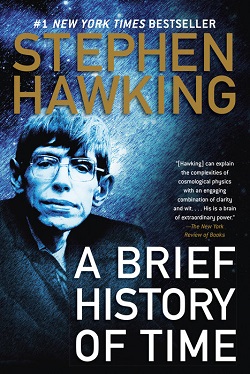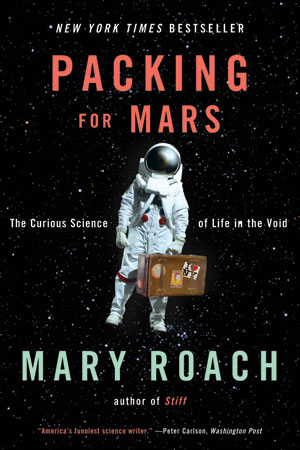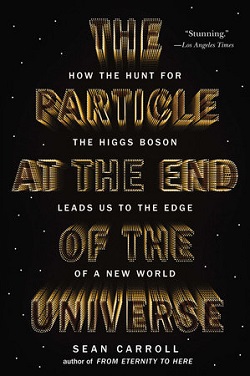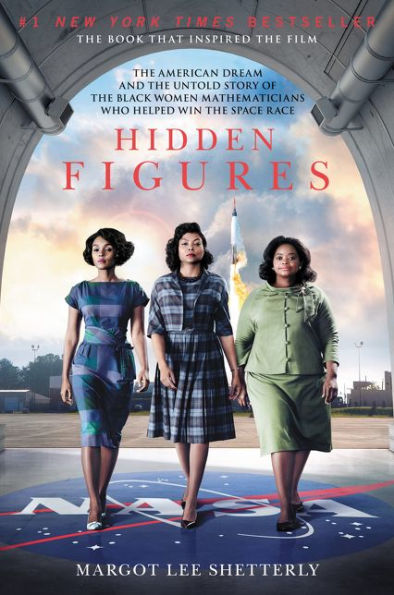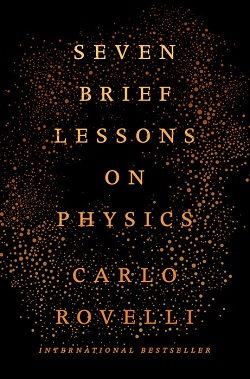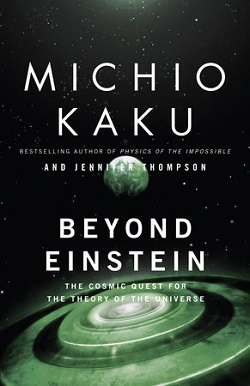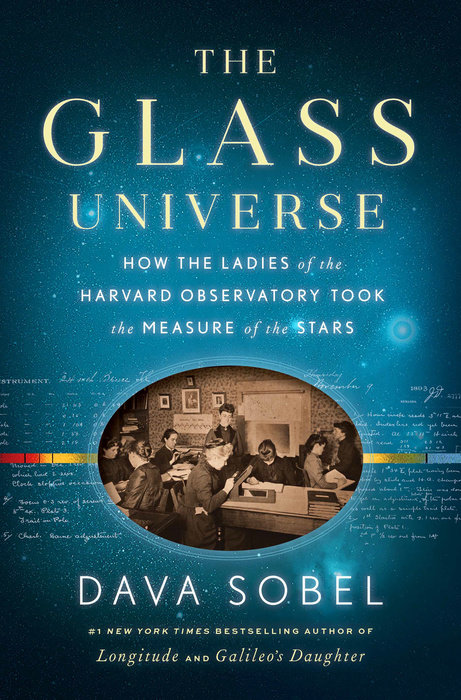For a couple years when I was a kid, I wanted to be an astronomer. I subscribed to Astronomy magazine, eagerly muddled my way through complex scientific articles, and marveled at breathtaking photos of cosmic objects. The vast universe seemed as mysterious as it was beautiful. Though I didn’t become a scientist (astronomy involves a lot of math), the night sky continues to fill me with curiosity. The universe holds the answers to so many fundamental questions: How did life begin? How does the flow of time work? Could there be other dimensions and other Earths out there? If you’re a stargazer like me, here are 10 books that will take you through our galaxy and beyond.
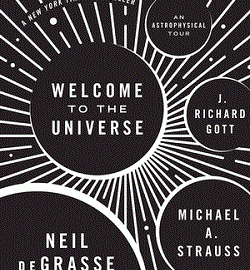
8 Books on Astrophysics That Will Make You Out-of-This-World Smart
Told in language we all can understand, A BRIEF HISTORY OF TIME explores such questions as: How did the universe begin—and what made its start possible? Does time always flow forward? Are there other dimensions in space? With exciting images and profound imagination, Stephen Hawking brings us closer to the secrets at the heart of creation.
Told in language we all can understand, A BRIEF HISTORY OF TIME explores such questions as: How did the universe begin—and what made its start possible? Does time always flow forward? Are there other dimensions in space? With exciting images and profound imagination, Stephen Hawking brings us closer to the secrets at the heart of creation.
Take an entertaining trip into the science of life in space. Brilliant and hilarious science writer Mary Roach paints an intricate portrait of how things actually work when human beings go into space, from the mundane—attending to basic human needs such as air and water—to the luxuries of beer and privacy.
For space geeks
Take an entertaining trip into the science of life in space. The brilliant and hilarious science writer Mary Roach paints an intricate portrait of how things actually work when human beings go into space, from the mundane—attending to basic human needs such as air and water—to the luxuries of beer and privacy.
After billions of dollars and the efforts of thousands of researchers at the Large Hadron Collider in Switzerland, the discovery of the Higgs boson was announced—a discovery that is key to understanding why mass exists and opens a door into the mind-boggling world of dark matter. Sean Carroll takes readers behind the scenes to meet the scientists and explain this landmark event.
After billions of dollars and the efforts of thousands of researchers at the Large Hadron Collider in Switzerland, the discovery of the Higgs boson was announced—a discovery that is key to understanding why mass exists and opens a door into the mind-boggling world of dark matter. Sean Carroll takes readers behind the scenes to meet the scientists and explain this landmark event.
Starting in World War II and moving through to the Cold War, the Civil Rights Movement, and the Space Race, HIDDEN FIGURES follows the interwoven accounts of Dorothy Vaughan, Mary Jackson, Katherine Johnson, and Christine Darden, four African American women mathematicians whose calculations helped fuel some of NASA’s greatest successes. Even if you’ve seen the Oscar-winning movie, this book is still worth your time.
Recently adapted for the big screen (starring Taraji P. Henson and Octavia Spencer), this is the remarkable true story of the team of black female mathematicians at NASA who, while segregated from their white counterparts, contributed to some of our greatest advancements in space, including the first orbits and landings on the moon.
In this playful, entertaining, and mind-bending introduction to modern physics, renowned theoretical physicist Carlo Rovelli takes us to the frontiers of our knowledge: to the most minute reaches of the fabric of space, back to the origins of the cosmos, and into the workings of our own minds.
In this playful, entertaining, and mind-bending introduction to modern physics, renowned theoretical physicist Carlo Rovelli takes us to the frontiers of our knowledge: to the most minute reaches of the fabric of space, back to the origins of the cosmos, and into the workings of our own minds.
In clear-eyed prose, Carl Sagan retraces the 14 billion years of cosmic evolution that have transformed matter into consciousness, exploring such topics as the origin of life, the human brain, Egyptian hieroglyphics, spacecraft missions, the death of the sun, the evolution of galaxies, and the forces and individuals who helped to shape modern science.
In clear-eyed prose, Carl Sagan retraces the 14 billion years of cosmic evolution that have transformed matter into consciousness, exploring such topics as the origin of life, the human brain, Egyptian hieroglyphics, spacecraft missions, the death of the sun, the evolution of galaxies, and the forces and individuals who helped to shape modern science.
BEYOND EINSTEIN takes readers on an excursion into superstring theory, a revolutionary breakthrough that may be the fulfillment of Albert Einstein's lifelong dream of uniting the laws of physics into a single Theory of Everything. The book approaches scientific questions with the excitement of a detective story, offering a fascinating look at the new science that may make the impossible possible.
BEYOND EINSTEIN takes readers on an excursion into superstring theory, a revolutionary breakthrough that may be the fulfillment of Albert Einstein's lifelong dream of uniting the laws of physics into a single Theory of Everything. The book approaches scientific questions with the excitement of a detective story, offering a fascinating look at the new science that may make the impossible possible.
An elegantly written hidden history of the women employed by the Harvard College Observatory as “human calculators” to interpret the observations their male counterparts made via telescope each night. As photography transformed astronomy in the mid-nineteenth century, the women turned from computing to studying glass photographic plates of the stars and made extraordinary discoveries that forever changed our understanding of the cosmos.
In the mid-nineteenth century, the Harvard College Observatory began employing women as "human computers" to interpret the stellar observations made by their male counterparts. The “glass universe” that the group amassed over the following decades enabled the women to make extraordinary discoveries, and change the face of astronomy forever.

